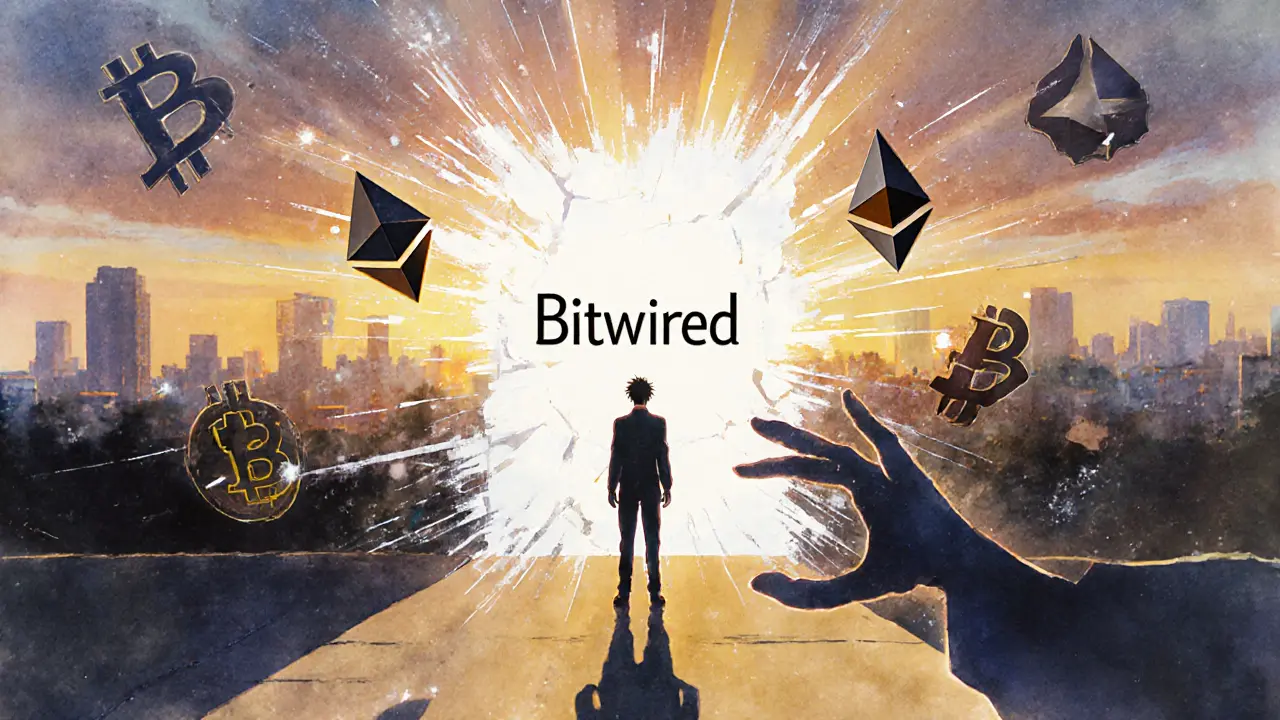Crypto Exchange Scam: Spot the Red Flags and Keep Your Funds Safe
When dealing with crypto exchange scam, a fraudulent platform that pretends to be a legitimate cryptocurrency trading venue but steals user deposits or personal data. Also known as exchange fraud, it often mimics popular services, uses fake licenses, and exploits trust gaps. unlicensed crypto exchanges, platforms operating without regulatory approval or proper security audits are a common breeding ground for these scams, while phishing attacks, deceptive messages that trick users into revealing login credentials provide the front‑door hackers need. Strong regulatory enforcement, government or agency actions that investigate, fine, or shut down illegal platforms can curb the damage, but users still need practical tactics to stay ahead.
One reason crypto exchange scams proliferate is the lack of clear licensing standards across jurisdictions. When a platform claims to be registered in a well‑known financial hub, scammers often copy that language verbatim, making it hard to tell real from fake. The key attribute to check is the presence of a verifiable license number and a link to the regulator’s official database. If the platform hides its registration details or provides only vague statements, that’s a red flag. Another attribute is the security model: reputable exchanges publish audit reports, use hardware wallets for hot‑wallet funds, and offer two‑factor authentication. If none of these are mentioned, you’re probably looking at a high‑risk operation.
Common Tactics Used in Crypto Exchange Scams
Scammers employ several tactics that overlap with other fraud types. First, they launch fake airdrops or token giveaways that require users to deposit a small amount of crypto to “unlock” a larger reward. In reality, the deposited funds are siphoned off. Second, they create copycat websites that mirror the UI of well‑known exchanges, complete with identical logos and URL structures that differ by only a single character. Third, they exploit social media hype, posting fake endorsement videos from “influencers” to lure unsuspecting traders. Each of these tactics depends on the victim’s trust in the brand and a lack of due‑diligence.
Security breaches also play a major role. Even legitimate exchanges can suffer hacks if their smart‑contract code is flawed or if internal controls are weak. When a breach occurs, scammers may use the chaos to launch exit scams—suddenly shutting down the platform and disappearing with users’ balances. This is why the attribute of “fund segregation” matters: reputable platforms keep user deposits separate from operational accounts, making it harder for thieves to grab everything in one click.
Regulatory enforcement has a direct impact on the ecosystem. Agencies that actively monitor exchange activity, require Know‑Your‑Customer (KYC) procedures, and impose heavy fines on violators create a deterrent effect. For example, the recent crackdown on 20 unlicensed exchanges in the Philippines forced many shady operators to either register properly or shut down. This enforcement not only protects existing users but also raises the overall bar for new entrants.
Armed with these insights, you can start filtering out risky platforms before you ever deposit a single coin. Below you’ll find a curated collection of articles that dive deeper into specific scams, provide step‑by‑step safety checklists, and compare real‑world exchange reviews—all designed to help you stay one step ahead of fraudsters.
 26 Nov 2025
26 Nov 2025
Bitwired crypto exchange has no verified presence, regulatory license, or user history. It matches the pattern of known crypto scams. Avoid it completely - your funds are at risk.
View More
 2 Sep 2025
2 Sep 2025
Discover if Spin Crypto Exchange is a legit platform or a scam. Learn warning signs, compare it to reputable exchanges, and get steps to protect your crypto assets.
View More

